The Charterhouse: Piety, Power and Treason in the City
In this blog, we will be visiting the most prestigious religious institution of Tudor London: the Charterhouse. Its Tudor history embraces piety, bloodshed, triumph and treason as men of God, and men of power came and went, shaping not only its history but the very fabric of the building. Thankfully, today, some of the original medieval and Tudor structures remain intact and can be visited. However, many visitors to London are unaware of its existence, which makes a pilgrimage to this Tudor gem all the more special.
This blog accompanies, and compliments, this month’s Tudor History & Travel Show podcast. If you would like to be a fly on the wall and take your own on-location tour of The Charterhouse, why not join Sarah as she explores the history and fabric of this most historic of buildings with our Charterhouse guide, James. The link to the podcast is here.
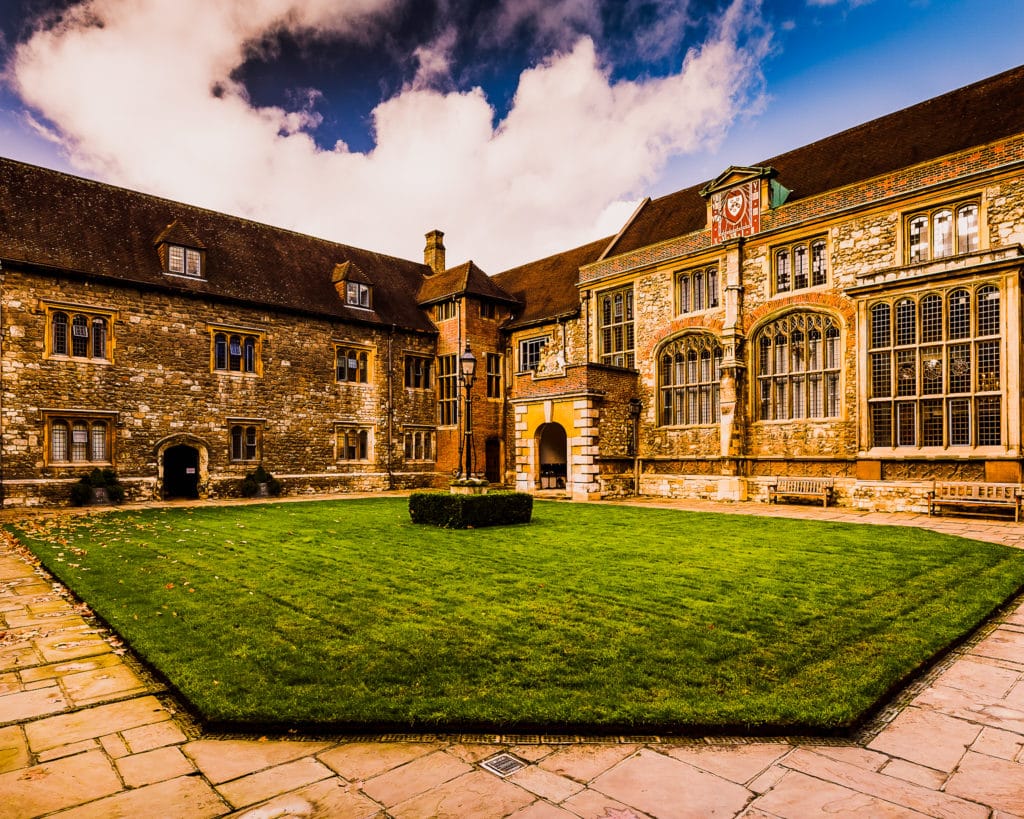
An Affluent Area of Tudor London
To reach the Charterhouse, we must make our way across Charterhouse Square, once called ‘Charterhouse Yard’. Here, the wealthy and titled of Tudor London jostled for space in this prestigious area of the City. Lying just north of the City walls, some of its most famous Tudor residents were Katherine Parr and her second husband, Lord Latimer. They lived in a fine mansion, which is now occupied by a building called No 10 Charterhouse Square. Her brother, William Parr, later 1st Marquis of Northampton was also resident in the Square, as was John Leland, the topographer and ‘King’s Antiquary’. He lived in a tenement adjoining Lord Latimer’s mansion. The French and Venetian ambassadors also had houses in the square; back in 1533, Jean de Dinteville, who appears in Holbein’s Ambassadors, lived there, as did his successor, Charles Solier, Sieur de Morette (also painted by Holbein), in 1534.
But why was Charterhouse Yard so popular? Well, for one thing, it was within easy reach of the City, while a journey along Fleet Street and The Strand would have brought the Tudor courtier to King Street (now Whitehall) and the epicentre of court life in London: The Palace of Whitehall. Standing no more than half a mile to the north of the city walls and out of the press of the city, it was known for its ‘good air’. So, Charterhouse Yard was a convenient location for the aspiring courtier but was also a pleasant spot, away from pestilence and the bustle of the City.
On the north side of the square, a building of substance dominated the landscape. During the early Tudor period, before the Dissolution of the Monasteries, this was The Charterhouse; one of only nine Carthusian Monasteries in England – and by far the most prestigious!
There was an enormous cachet associated with becoming one of the brethren of the Charterhouse. Learned and wealthy men gave up other ambitions to be there – even as a lay brother. Although the Carthusian order was renowned for demanding that monks live a life of solitude, simplicity, and silence, there are records that the residents lived a very comfortable life, with the monastery relying on the patronage of wealthy and powerful individuals to support the foundation.
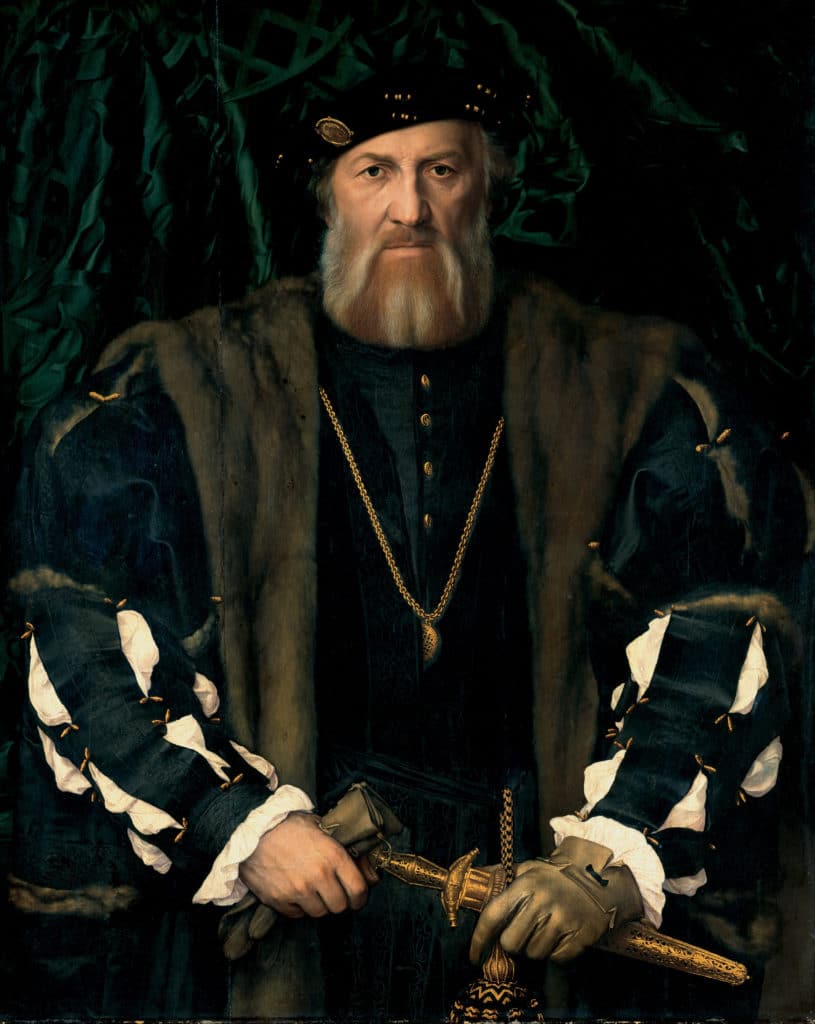
Entering the Yard from Charterhouse Lane, the Carthusian Priory lay to the north of the square. There was also a medieval chapel, churchyard, and stone cross sited on the centre of the green. They marked the fact that during the reign of Edward I in 1349, the Yard had been the burial place of a substantial number of victims of The Black Death. It was this cemetery that gave grounds for the setting up of a religious institution to the north of the cemetery. The Charterhouse was finally completed around 1420, and thanks to generous patronage, by the 1430s secured something that many inhabitants of Medieval London could only dream of – running water, piped from a high ground over Clerkenwell.
The Charterhouse as a Religious Institution
The monastery reached its zenith in the first 30 years of the sixteenth century under Prior William Tynbygh. It consisted of a particularly vast Great Cloister, measuring 340 by 300 ft, around which all the key buildings of the priory were arranged, including the priory church, chapter house, and frater, as well as individual cells accommodating each monk.
While the order prized simplicity, solitude, and silence, the monks enjoyed clean orderly living, with running water to their cell. Each cell covered 25 square feet and comprised three-four rooms built over two floors. As you can see from the image below, the kind of rooms you might expect to see inside included an entrance lobby, a prayer room, a sleeping room, and a living room. Each monk enjoyed his own secluded garden, latrine, fire, candles, running water, and fresh meals delivered to their door; handicrafts, rather than physical labour, occupied their time, including crafts such as bookbinding, writing, and illumination, carpentry, weaving or the study of topics such as medicine. Other manual tasks, which enabled the running of the monastery, such as brewing, baking, and laundry were carried out by lay-brothers.




The Great Cloister was a covered walkway connecting all the cells to the principal priory church and other communal buildings. The floor consisted of tiles laid diagonally and interspersed with memorial slabs. These marked the final resting place of laymen and benefactors of the priory. The church was used for worship by both the priory and the laity. It measured 97 ft long by 38 ft wide externally. As such, it was built on a similar scale to its sister house, another Carthusian Priory in North Yorkshire, Mount Grace Priory. In the centre of the choir at the Charterhouse was the magnificent monument to the priory’s founder, Sir Walter Manny. It was originally an alabaster tomb, modelled on that of Sir John Beauchamp, who was buried in the old St Paul’s Cathedral. Today, the site of this tomb is marked by a simple monument, surrounded by pretty gardens.
The Blood-Soaked Fall of The Charterhouse
The prestige of the Charterhouse flourished through the first 30 years of Henry VIII’s reign until the king moved to divorce Katherine of Aragon, breaking with the Holy Roman Church in Rome in the process. A violent and ultimately, a bloody struggle broke out between the monarch and the holy men of the Charterhouse. It’s prior, John Houghton, and the procurator initially refused to sign the 1534 Act of Succession and they were briefly thrown into the Tower. In 1535, when it became mandatory to sign the king’s Act of Supremacy, making Henry VIII Head of the Church in England, Houghton and several others refused to bend to the king’s will. They paid for it in the most gruesome way possible. John Houghton was the first to die, being dragged to Tyburn in his religious habit, where he was hung, drawn, and quartered. It is reported that as the executioner was about to rip open his chest and remove his heart, he cried out, “O Jesus, what wouldst thou do with my heart?” Others were tied by chains to posts, hands behind their backs, and left to starve to death in Newgate prison.
Some monks who remained behind at the Charterhouse understandably capitulated to Henry’s wishes. After this, the priory limped on. The following year the last prior, William Trafford, was appointed, but he finally surrendered the Charterhouse to the king on 10 June 1537, although the priory did not finally close until 15 November 1538, when the remaining monks were evicted.

However, this is not quite the end of our Tudor tale. For after this period, the Charterhouse was used by the Crown for storage, notably as a depot for the King’s tents. However, in 1545, the entire site was purchased by Sir Edward North. He was a ‘creature’ of Sir Richard Rich, whose own country seat. Leez Priory, we explored in an earlier blog. North was a friend and fellow lawyer. Rich promoted Edward North to the Chancellor of the Court of Augmentations and the latter subsequently built himself a new home on the site of the Charterhouse: it was unimaginatively renamed ‘North House’.
North House has been called a ‘palace’; It was certainly ‘a splendid mansion designed to suit ‘his [Lord North’s] habits, his tastes, and his whims’. One report speaks of how he turned the church into a banqueting hall during the renovations and ‘almost entirely overthrew the cloister’. Almost nothing was left of this except a large, open space that was used as a garden, outlined by the footprint of the original cloister.
Sir Edward became ‘Lord North’ during the reign of Mary I and continued to live at the Charterhouse through the early years of Elizabeth I’s reign. In 1558, just after her accession, Elizabeth kept her court at the Charterhouse for six days between 23 to 29 November. It was a most suitable property; grand in status, lying just outside the city walls, but en route from Hatfield, where the queen had learned of the death of her sister, Mary. Lord North entertained the queen a second time at his London home in 1561 from 10 to 13 July. He was to die there, three years later, on 31 December 1564.



In fact, Lord North passed away the day before his Charterhouse home was due to be sold to the 4th Duke of Norfolk: Thomas Howard. Norfolk had already sold his other London home, Norfolk House in Lambeth, and was Looking for an alternative base in the Tudor capital. The newly named ‘Howard House’ fitted the bill perfectly. Its size and grandeur suited the Duke’s status. The house was also away from the damp of the River Thames and the marshy ground that had surrounded Norfolk House and, conveniently, lying north of the City, Norfolk’s new home was en route to Kenninghall, in Norfolk. This was the principal country seat of the Howard family at the time.
Unfortunately, the Duke fell foul of accusations of treason when rumours that he was seriously considered marrying the Catholic Queen, Mary Stuart, became known. A conversation on the subject was latterly recalled by the Duke’s advisor, Lawrence Bannister. This conversation took place in the gardens of Howard House in May 1569. As a result, he was arrested, and thrown into the Tower, but subsequently released and placed under house arrest at Howard House. Unable to keep out of trouble, the Duke soon became involved in The Ridolfi Plot to overthrow Elizabeth and place himself on the throne alongside Mary, Queen of Scots, thus restoring Catholicism to England. He began to embellish the building in preparation; the creation of the Norfolk Cloister, and possibly alterations to the great chamber ceiling, date from this time. This plot was uncovered on 6 September 1571. Norolk was arrested on charges of treason. On 16 January 1572, he was found guilty at Westminster Hall and was beheaded on Tower Hill on 2 June.
Today what the remains of this historic building provides housing for a small community of men over 60, all of whom have given service to the country. There are tours of the Charterhouse, as it is once again known, and you will see features including the entrance to a monastic cell, the position of the original priory church, the monastic chapter house (now converted to a chapel) as well as the Tudor great hall and Norfolk’s great chamber.
As you wander around the twenty-first century Charterhouse Square, is easy to imagine bumping into the Latimers arriving back at their London townhouse, or John Leland, Katherine Parr’s neighbour, leaving his home to set off on his one of his many travels around England, or perhaps you might catch a ghostly glimpse of the strapping figure of ambassador, Charles Solier, returning from his business at court. And don’t forget the gruesome sight of John Houghton’s arm nailed above the Charterhouse Gate as a warning to those who might dare to defy the king. Indeed, ghosts of the past are everywhere in this quiet London suburb, where piety, power and treason abound.
Other places to Visit
If you are paying a visit to The Charterhouse, remember that very close by are two other historic gems with notable Tudor history. The first is the Church of St Bartholomew the Great with its fine Tudor gatehouse and mesmerising Normal interiors. After the Dissolution, it became the swanky London home of the hated Richard Rich, mentioned above. You can find out more about St Bartholomew here.
Another nearby location is the Priory of St John in Clerkenwell. This was another religious order with close ties to medieval and Tudor monarchy. The gatehouse and crypt of the original building survive and a museum is onsite which tells the story of the order of St John and of the now lost priory.



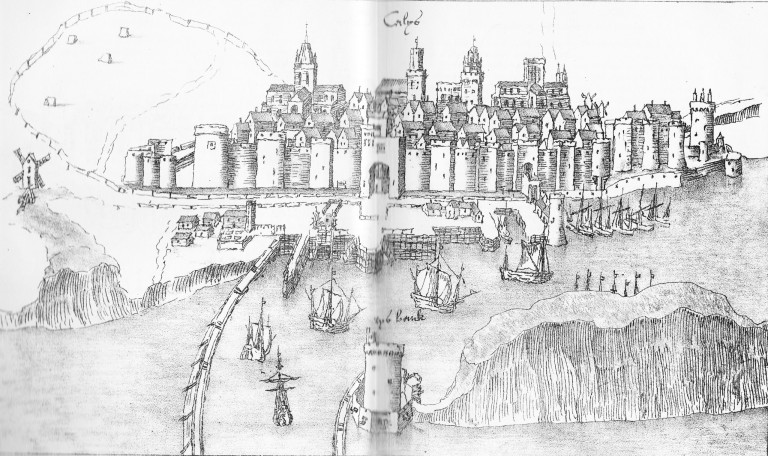

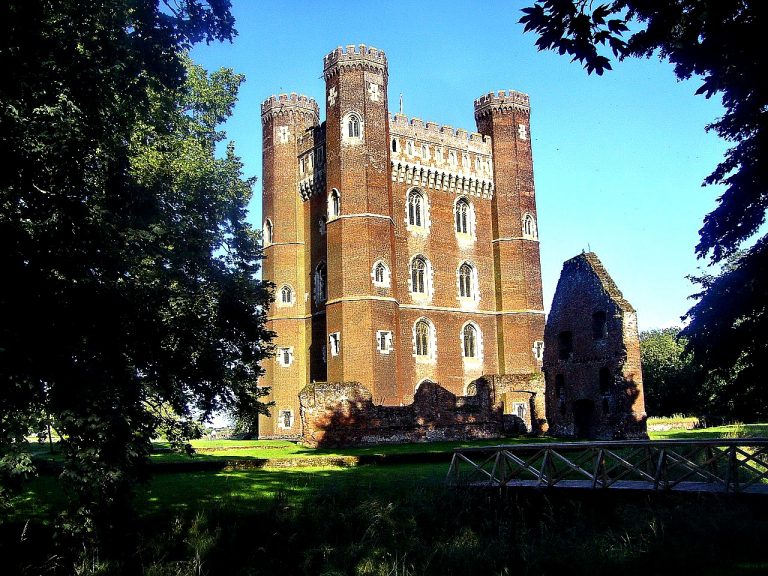
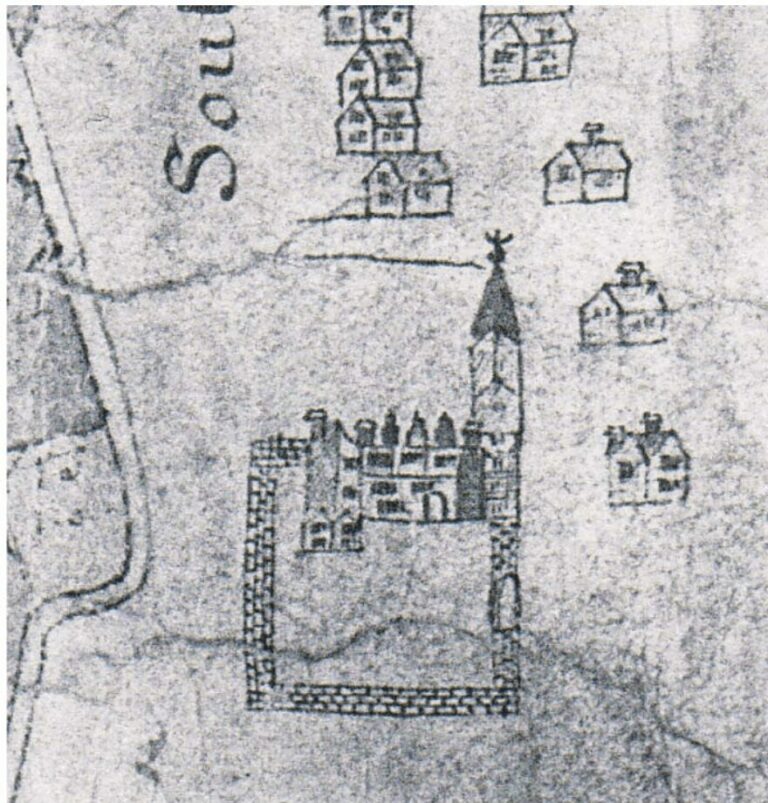
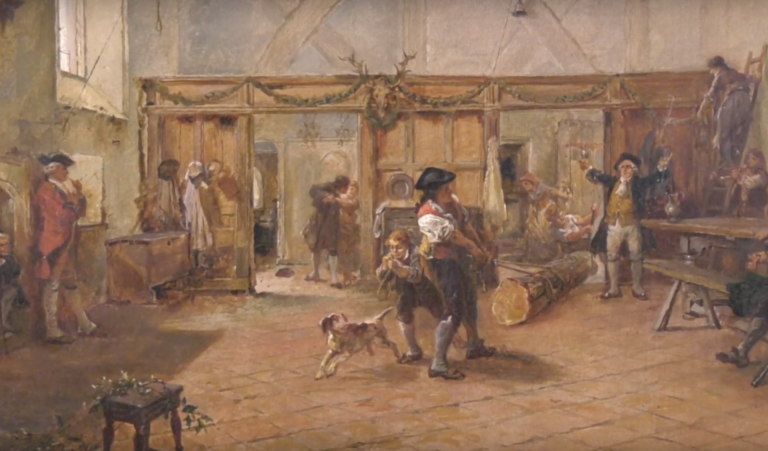
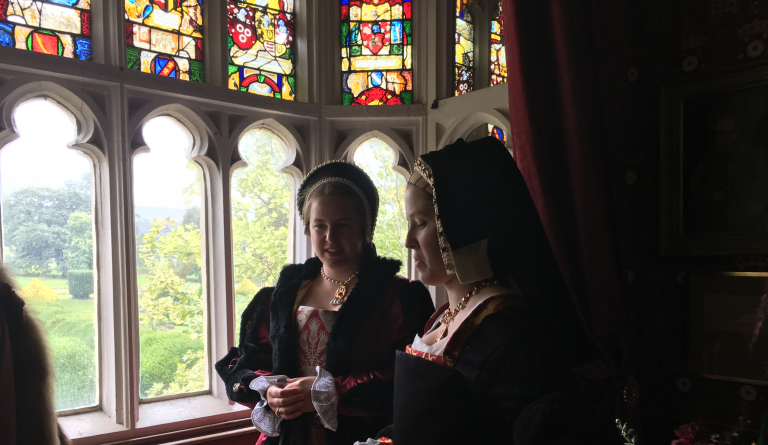
Oh my gosh! I can’t wait to visit. My ancestry started with Queen Mary….history, I love it!
I hope you have a lovely time when you eventually visit ????. Thanks for reading!
Charterhouse must be wonderful to visit in the midest of today London. Thanks, Sarah, for explaining the history of Charterhouse.
You are welcome, Regula!